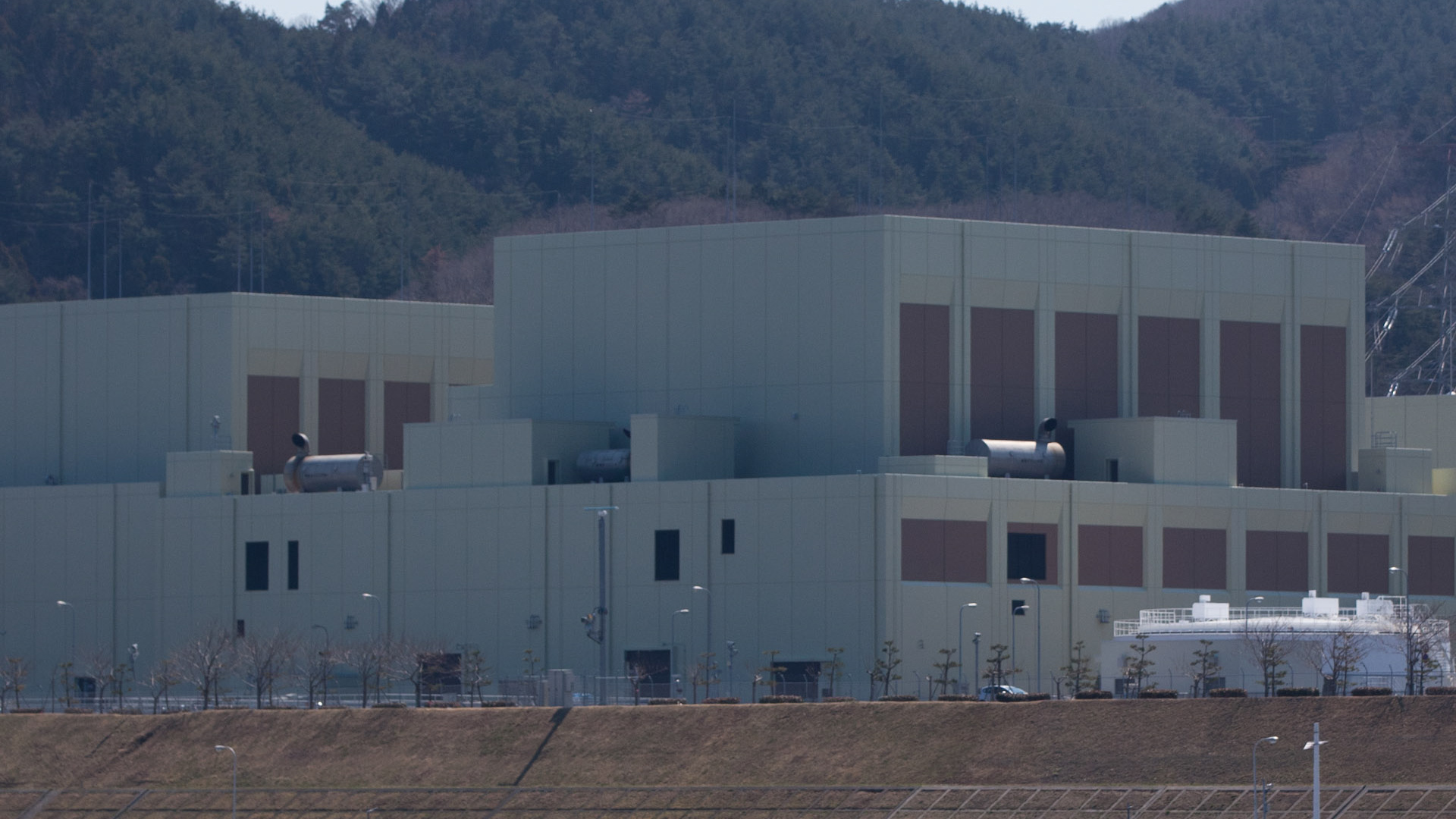
[Jack Aylmer]
JAPAN IS TAPPING INTO MORE NUCLEAR POWER MORE THAN 13 YEARS AFTER THE DEVASTATING 20-11 EARTHQUAKE AND TSUNAMI.
THE NO. 2 REACTOR OF THE ONAGAWA NUCLEAR POWER PLANT HAS OFFICIALLY BEEN RESTARTED, BECOMING THE 13TH OF 33 VIABLE REACTORS REACTIVATED SINCE THE CRISIS.
THE 2011 DISASTER HAD DIRE CONSEQUENCES FOR MANY, AND WOUND UP COSTING NEARLY 300 BILLION DOLLARS, MAKING IT THE COSTLIEST NATURAL DISASTER IN RECENT HISTORY.
HOMES AND BUSINESSES WERE DESTROYED ALONG WITH INFRASTRUCTURE. THE FUKUSHIMA (FOO-KOO-SHEE-MUH) DAICHI (DIE-E-CHEE) NUCLEAR POWER PLANT SAW THREE REACTORS MELT DOWN, RELEASING RADIOACTIVE CONTAMINANTS INTO THE SURROUNDING AREA, PARTICULARLY DAMAGING THE FISHING INDUSTRY.
IN THE AFTERMATH, THE GOVERNMENT OF JAPAN ORDERED ALL 54 COMMERCIAL NUCLEAR REACTORS IN THE COUNTRY TO BE SHUT DOWN, WHILE SAFETY ASSESSMENTS AND UPGRADES WERE MADE TO THE UNITS, IN AN EFFORT TO PREVENT SUCH A DISASTER FROM EVER HAPPENING AGAIN.
THE ONAGAWA FACILITY IS JUST 62 MILES NORTH OF FUKUSHIMA BUT DID NOT SUFFER THE SAME FATE –
THE MASSIVE 42-FOOT-HIGH WAVE WASN’T ABLE TO DISABLE THE REACTOR’S COOLING SYSTEM, AND OFFICIALS HAVE SINCE INSTALLED AN EVEN TALLER – 95-FOOT ANTI-TSUNAMI WALL TO PREVENT FUTURE INCIDENTS.
THE REACTOR RESTARTED ON TUESDAY, AND IS SEEN AS A MAJOR STEP FOR A COMMUNITY THAT HAS BEEN RECOVERING SINCE THE DISASTER OVER A DECADE AGO.
IT ALSO SHINES A LIGHT ON JAPAN’S GOAL TO BROADEN THE COUNTRY’S NUCLEAR POWER REINVESTMENT.
THE ISLAND NATION HAS MADE NUCLEAR ENERGY A MAJOR PART OF ITS GOAL TO ACHIEVE CARBON NEUTRALITY BY THE YEAR 2050, ALONGSIDE RENEWABLE ENERGY PROJECTS.
WHILE NUCLEAR REACTORS ARE EXPENSIVE TO MAINTAIN AND MANY IN JAPAN STILL WORRY ABOUT THE SAFETY OF THE FACILITIES IN TIMES OF CRISIS, THE COUNTRY SEEKS TO RECOMMISSION THESE REACTORS ONE SMALL STEP AT A TIME.
FOR SAN, I’M JACK AYLMER









